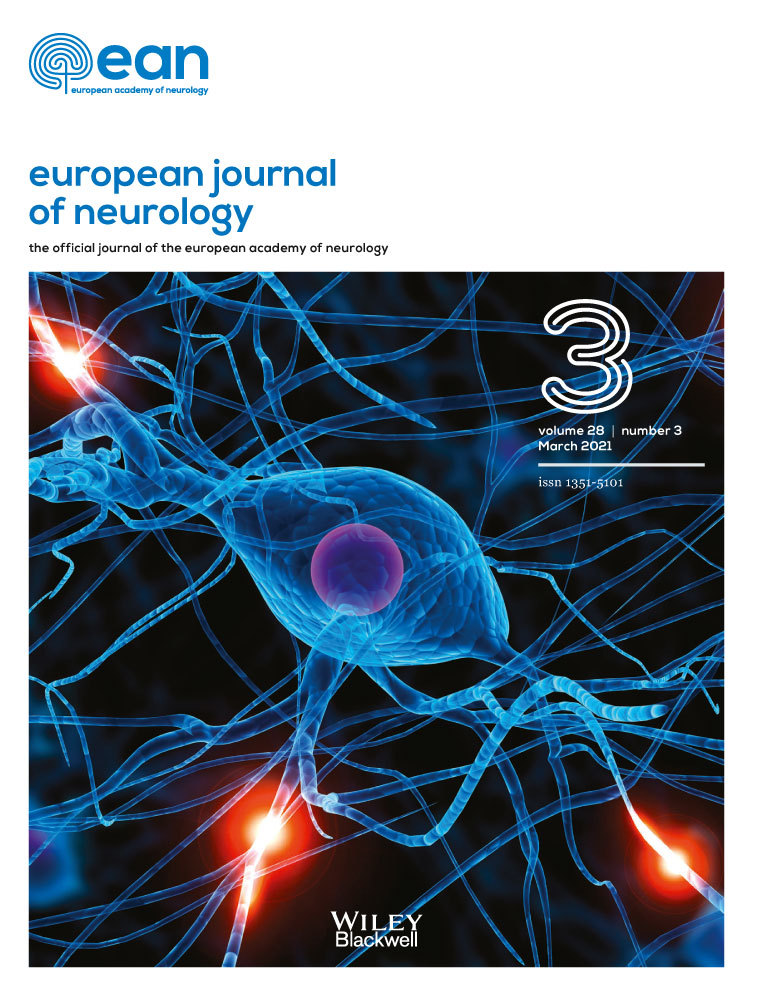Brainstem progressive multifocal leukoencephalopathy
Abstract
Background and purpose
Progressive multifocal leukoencephalopathy (PML) is a severe infection caused by the polyomavirus JC that develops in the central nervous system (CNS) of immunosuppressed patients. The infection frequently starts in the brain hemispheres and can spread into other CNS regions such as the brainstem. Initial isolated PML brainstem lesions are exceptional. We aimed to describe the challenging diagnosis of PML with isolated brainstem lesions at the time of disease onset.
Methods
We describe a case of PML starting with an isolated brainstem lesion and reviewed clinical, radiological, and biological features of all the reported cases of isolated brainstem PML.
Results
Isolated brainstem PML at disease onset is extremely rare. In addition to our case, only nine PML cases presenting with strictly isolated radioanatomical brainstem location at the time of disease onset were retrieved through the literature. All patients share similar brain magnetic resonance imaging features, without contrast enhancement. Eight patients presented with initial clinical worsening, but full recovery occurred in three patients, partial recovery in two, and death in three. Even if prognosis is reserved because of the surrounding vital structures in the brainstem, clinical recovery may occur.
Conclusions
This case report and literature review emphasize that isolated brainstem lesion is an atypical presentation of PML at disease onset.
DISCLOSURE OF CONFLICTS OF INTEREST
The authors declare no financial or other conflicts of interest.
Open Research
DATA AVAILABILITY STATEMENT
The data that support the findings of this study are available from the corresponding author upon reasonable request.




